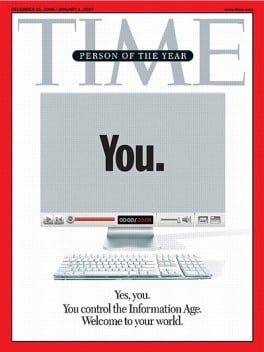On Wednesday, Facebook boss Mark Zuckerberg boasted that the “next 100 years” of advertising began here.
On the face of it, it looked like Web 2.0 had found its “Long Boom” moment. Facebook has yet to turn a profit, so Zuckerberg hardly seems in a position to advise other people how to make money – let alone place himself in a pantheon of historic business greats. In Web 2.0-land, merely “being there” is a substitute for having “made it”.
But then Zuckerberg is no stranger to bluster. This, notoriously, was the 22 year-old who had “I’m CEO…bitch” on his business card.
Behind the calculated bluster were a collection of ideas perhaps equally designed to distract the attention (no pun intended).
Of the three ideas Zuckerberg outlined, one in particular provoked horror and ridicule. It was to turn Facebook users, accustomed to its clean and spare UI, into human billboards. Advertisers could build presences in Facebook – at the moment, you must be a person – giving users the opportunity to “affiliate” with them.
“Users can become a fan of a business and can share information about that business with their friends and act as a trusted referral,” is how the company described it.
“What do the users get in return?” asked the IT commentator Nick Carr. “An animated Sprite Sips character to interact with.”
But Nick is forgetting that this cuts both ways – it isn’t a static picture at all.

